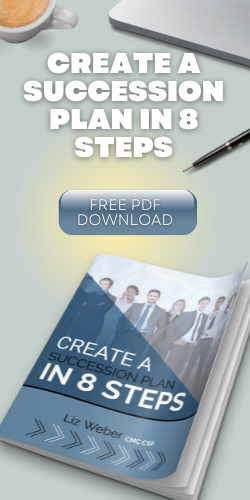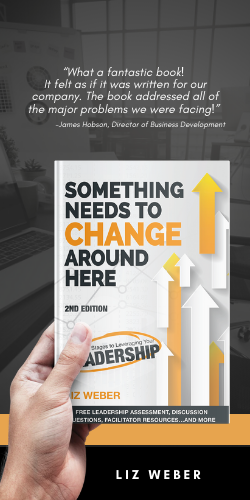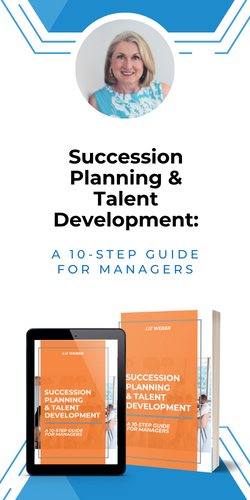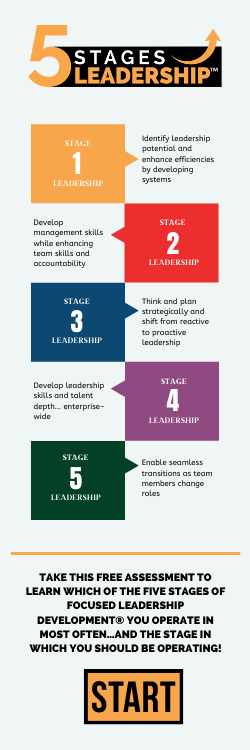As you look to the next 12, 24, or 36 months, is your board of directors composed of the right people with the right skills, energy, and expertise to help you drive towards your vision? Are you as intentional in recruiting, onboarding, and developing directors as you are with key staff? Is your board a key to your organization’s success. Or, are your initiatives, pace, and success limited because your board believes they’ve fulfilled their responsibilities if they show up, vote, and leave?
Are you held back by a board of directors who believe they’ve fulfilled their responsibilities if they show up, vote, and leave?
Too often, especially with non-profit boards, individuals seek out or are recruited onto non-profit boards as a resume builder, as a way to help an organization without really having to do the hands-on work, a means to hang out with other “leaders,” or because serving on a specific board is an additional responsibility of their current position or role. With any of these as the underlying reason, the individual directors, and ultimately the entire board, will develop a warped and harmful view of their roles and responsibilities. They believe simply showing up, voting, and then leaving is enough. They believe they’re excelling if they’ve read the board book ahead of meetings, ask a few questions of management, but then otherwise leave management alone. From their perspective, they’ve done their job.
This view of a board director’s role and responsibilities is wrong. It perpetuates a bad stereotype of a board director and the “dead-weight” director and board behaviors. It slows the pace of growth, change, and action management can achieve. And, it increases the animosity between management and the board. However, this perspective doesn’t need to continue to be the norm for your board. Instead of being an anchor and dead weight management feels it has to pull along or work around, your board should be, and can be your key to success.
Instead of being an anchor and dead weight management feels it has to pull along or work around, your board should be, and can be your key to success
To change board director behaviors, you need to clearly clarify what behaviors you want, communicate them, and reinforce them. If the desired are not clearly communicated, reinforced, and addressed when violated, they’re forgotten. Therefore, if you want your board of directors’ behaviors to change, you need to clarify the changes you want to see.
Seven Steps to Build the Board You Want and Need
To develop the type of board you want and need, first realize that more often than not, this will take time. Some organizations will obviously need and want to move more quickly, and will do so through a full or heavy board restructuring. However, most organizations will strategically address missing director expertise, inadequate participation and energy levels, and personality fit issues through director attrition. Regardless of your approach to intentionally developing the board you want and need, the following seven steps can help you:
- Create a clear strategic plan that is not open to interpretation and clarifies specifically what needs to happen over the planning period.
- Identify your board of directors’ skills, expertise and background needed to help drive the plan forward and that will support and make management’s job in executing the strategic plan easier.
- Assess your current directors’ skills, expertise, energy, contributions, personality and fit to determine, objectively, what strengths your directors currently have, which are missing, and where your board has redundancies.
- Assess your current directors’ performance and fit. Identify who continues to be a good fit and who may no longer be right for your board.
- Establish a director recruitment and nomination process to allow your Nominations Committee to intentionally develop (through attrition, re-nominations, non-acceptance of re-nominations, or recruitment) a board with the skills, personalities, and expertise your organization needs.
- Develop, communicate, and reinforce your board of director values, roles and responsibilities, and operating rules. Clarify what is expected of each director individually and as a whole board before, during and after meetings?
- Conduct quarterly, if not monthly, reviews of your strategic plan, led by a skilled facilitator, to not only help keep the plan in focus and ever-evolving, but to also provide insights and objective observations of the board and board/management behaviors, relationships, and effectiveness. The consistency of focusing on both the strategic, individual, and relational responsibilities of the directors individually and as a board, will move your board’s personality and performance from the board you have to the board you want.
The above process can be daunting. It may take years, given board attrition, or it may happen over a few short months. Regardless, if you want your board to be your key to success, you need to clarify, communicate, and then change your directors’ expected and accepted performance. You can’t have the board you want until you tell your board what you need. You need them to be your key to success.
You can’t have the board you want until you tell your board what you need.
…How do you deal with less than effective boards with no term limits?
…How have you successfully removed ineffective board directors?
…What have you done to help change a board’s personality and culture?
Copyright MMXVIII – Liz Weber, CMC, CSP – Weber Business Services, LLC – www.WBSLLC.com +1.717.597.8890
Liz supports clients with strategic and succession planning, as well as leadership training and executive coaching.

























